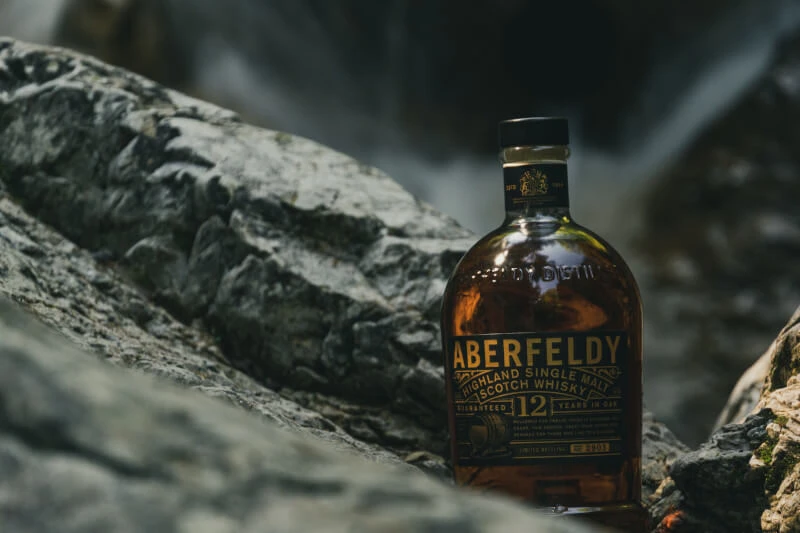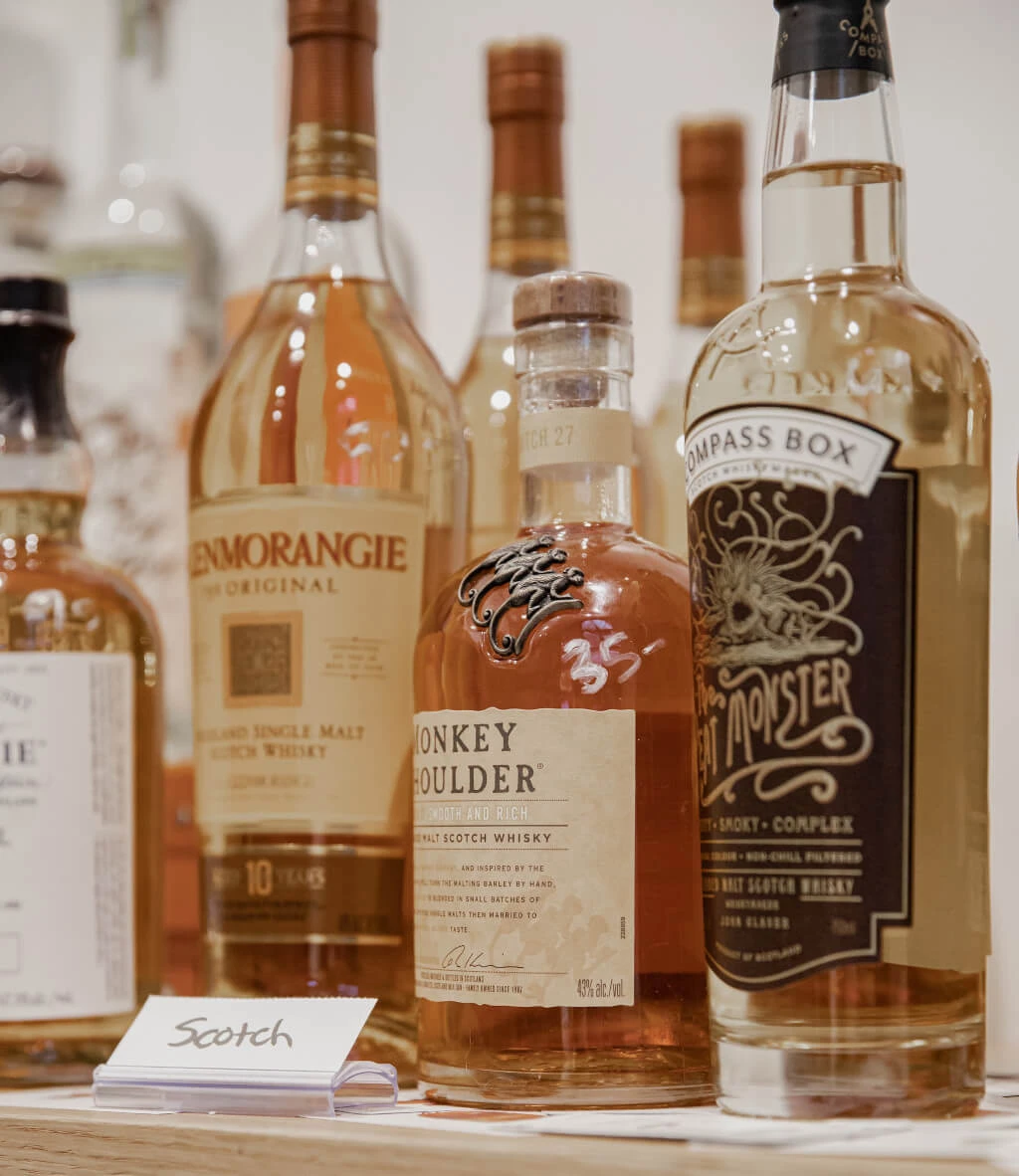Breaking the Age-Old Stereotype
A prevalent notion exists in the world of spirits that older equals superior, especially when it comes to Scotch whisky. As connoisseurs swear by aged expressions, young Scotch often remains in the shadows. But contrary to popular belief, young Scotch whisky packs a punch of its own, offering a unique palate that’s equally deserving of admiration.
Taste That Speaks Volumes
- The vibrancy of Flavor: Young Scotch, generally aged for three to eight years, possesses a vibrant and bold flavor profile. Unlike its elder counterparts, which carry a deep and mellow taste due to prolonged maturation, young Scotch bursts with robust and immediate flavors, often capturing the raw essence of its ingredients.
- Freshness from the Cask: Longer aging means a longer interaction with the cask wood, which imparts a heavy woody or oaky taste. While this is loved by many, younger whiskies offer a fresher, grain-forward profile, allowing the drinker to experience the spirit in a less adulterated form.
Young Scotch Whiskies’ Impact on the “Aged” Market
While aged whiskies come with hefty price tags due to the extended maturation process, young Scotch provides an economical yet quality choice without breaking the bank.
Cost Factors in Aging Whisky
To understand the economic proposition that young Scotch brings to the table, it’s essential first to recognize the cost variables associated with aging whisky.
- Warehouse Storage: The longer a whisky is aged, the longer it occupies space in a warehouse. Space, especially in prime whisky-producing regions, isn’t just infinite; it’s expensive. Over time, storage costs can accumulate, and these costs are eventually passed onto the consumer.
- Evaporation Loss: Popularly referred to as the ‘angel’s share’, a certain percentage of whisky evaporates from the barrel each year. For a 12-year-old Scotch, this loss is significantly higher than a 3-year-old one, leading to less product to sell, thus inflating the cost per bottle.
- Capital Tied Up: Money spent on producing whisky that then sits in a barrel for years represents capital that’s tied up, not generating immediate returns. This delay impacts the distillery’s cash flow and necessitates higher prices for aged products to compensate.
Young Scotch: An Economical Game Changer Against the backdrop of these costs, Young Scotch emerges as a game changer:
- Faster Turnover: With shorter aging processes, distilleries can release and sell young Scotch faster, translating to quicker returns on investment and a steadier cash flow.
- Reduced Overheads: Without prolonged storage and lesser evaporation loss, the overhead costs for young Scotch are reduced, making it a more economical venture for distillers.
- Competitive Pricing: Given the reduced production and storage costs, young Scotch can be priced more competitively, providing consumers with quality options that won’t strain their wallets.
Shaking the Foundations of the “Aged” Market
Young Scotch’s economic advantage doesn’t just benefit distillers and consumers—it’s reshaping the industry:
- Diversified Portfolio for Distillers: Distillers can now offer a broader range of products. While their aged whiskies cater to a premium market, young Scotch can target a wider audience, especially those new to the world of whiskies.
- Empowering New Entrants: The capital-intensive nature of producing aged whiskies often acts as a barrier for new entrants in the market. With the rise of young Scotch, new distilleries can enter the market and establish their brand without waiting decades for their first product release.
- Challenging Traditional Marketing: The “older is better” narrative has long dominated whisky marketing. The economic and qualitative appeal of young Scotch is prompting a shift in this narrative, urging marketers to focus on flavor profiles, innovation, and modern production techniques.
Its economic advantages democratize whisky consumption to ensure that the industry remains vibrant and inclusive.
Diversity in Production Techniques
Younger whiskies are often the playground for distillers. It’s where they experiment and innovate.
- Innovative Cask Choices: Instead of the traditional oak barrels, distillers are now trying their hand with barrels previously used for port, rum, or wine, giving the young Scotch unique flavor twists.
- Technological Advancements: Modern techniques, such as precision fermentation and controlled aging conditions, have allowed distillers to achieve in a shorter period than what once took decades. The result is a high-quality Scotch that hasn’t been aged for long.
Sustainability Matters
As the world grows more conscious of sustainability, whisky production is no exception. Young Scotch requires a shorter maturation process, which translates to reduced storage needs, quicker turnover, and a decreased carbon footprint. While the environmental benefits of reduced storage and faster turnover are clear, there are nuanced sustainability practices intertwined with young Scotch that many might overlook.
Traditional Scotch production often uses barrels that have already seen a lifetime aging bourbon in the US, given the tradition and regulations around bourbon production requiring new oak for every batch. Once used, these barrels are shipped across the Atlantic to Scotland. This transatlantic journey consumes significant energy and leaves a carbon footprint. However, with young Scotch, there’s an emerging trend to use locally sourced or European oak, negating the need for this long journey and its associated emissions.
Young Scotch distilleries, driven by the zeal for innovation and the constraints of a shorter aging period, often lean on local grain varieties. Opting for locally sourced grains doesn’t only foster regional agriculture but also significantly cuts down transportation emissions. The reduced need to transport grains over long distances is another nod toward the sustainability credentials of young Scotch.

If you move on and look at water usage, distilleries rely heavily on water, for the whisky and throughout the production process. Young Scotch, given its shorter maturation, often results in less water wastage due to evaporation. Over the years, this can amount to saving millions of liters of water, a vital resource, especially in regions facing water scarcity.
Then there’s the element wastage during whisky production, which is often overlooked by many. The grain mash, once the sugars are extracted for fermentation, usually becomes waste. Innovative young Scotch producers have been turning this waste into animal feed or converting it into renewable energy sources, ensuring a circular economy model within their production processes.
Within the circular economy model within their production processes, the factor of innovation in energy use comes to play. With a dynamic and younger market to cater to, several young Scotch producers are turning to renewable energy sources. From solar panels to wind turbines, these distilleries are harnessing nature’s best, not just for their power needs but also as a commitment to a cleaner planet.
In an age where every bit counts, choosing young Scotch is an eco-friendly decision.
Building a Diverse Collection
For collectors, it’s essential to have a range that showcases both the rich history and the evolving future of Scotch. Young Scotch represents the latter. Integrating it into one’s collection provides a comprehensive overview of Scotch whisky’s entire spectrum.
Making a Case for Young Scotch
Age in whisky, as in life, brings certain attributes to the fore. But it’s a mistake to overlook the charm, vibrancy, and potential of youth. While the attraction of aged Scotch is undeniable, the dynamic character of young Scotch is an experience in its own right. For those willing to venture and taste without bias, young Scotch is a revelation waiting to be uncovered.

